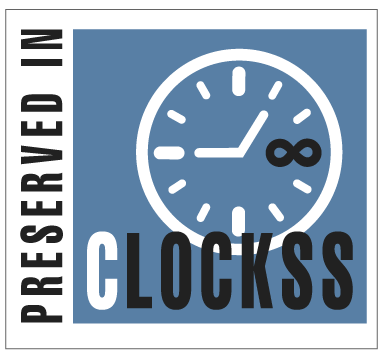Abstract
The concepts of dual soft sets are introduced as general mathematical tools for transactions with a lack of confidence or certainty. This work defined the dual soft topology on a dual soft set and presented its related properties. The main goal of this research is to clarify the concepts of dense and nowhere dense sets on dual soft topological spaces as density plays a very important role in general topology for solving many mathematical and engineering problems. Our research paper presented the notions of dense, nowhere dense and somewhere dense within the dual soft set theory which in specific ways. The topological structure and the algebraic relationships between the dual soft dense sets, nowhere dense sets and somewhere dense sets have been discussed and well as their main characteristics as well as their necessary examples. A link has also been made between the concepts of the dual soft dense sets and dual soft nowhere dense sets with the dual soft super condensed sets, dual soft semi condensed sets and dual soft condensed sets. There are lots of research papers done by important mathematicians that have been published on this topic (which is density topological spaces). There were many important conclusions, results, theorems and effects about dense sets, nowhere dense sets and somewhere dense sets, so this sheet was collected and chose the most important of these results which are taken from all of these previous research papers and gave a share of our point of view in some new one in our research which affects our space which is dual soft topological space.
Keywords
Dual soft dense set, Dual soft set, Dual soft nowhere dense set, Dual soft somewhere dense set, Soft set
Subject Area
Mathematics
Article Type
Article
First Page
3439
Last Page
3449
Creative Commons License

This work is licensed under a Creative Commons Attribution 4.0 International License.
How to Cite this Article
Rasheed, Janat Y. and Swidi, L. A. Al.
(2025)
"Dense and Nowhere Dense Sets on Dual Soft Topological Space,"
Baghdad Science Journal: Vol. 22:
Iss.
10, Article 21.
DOI: https://doi.org/10.21123/2411-7986.5093








